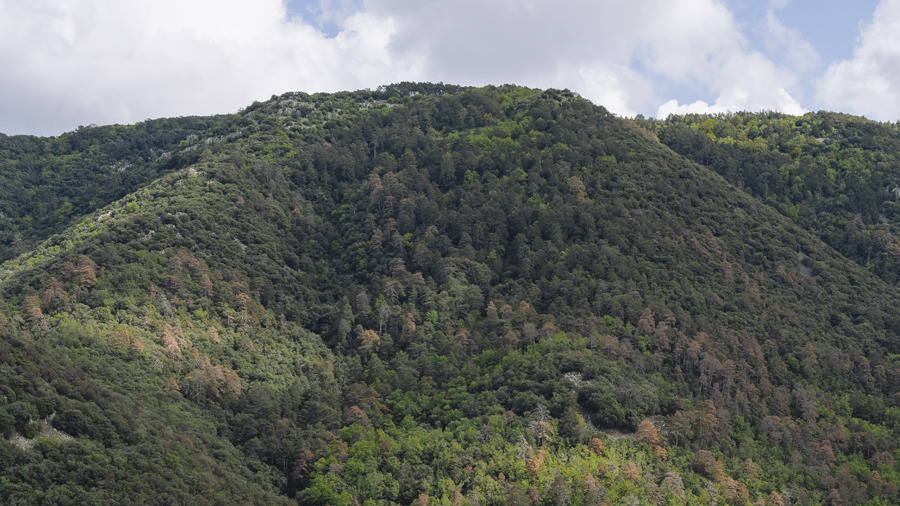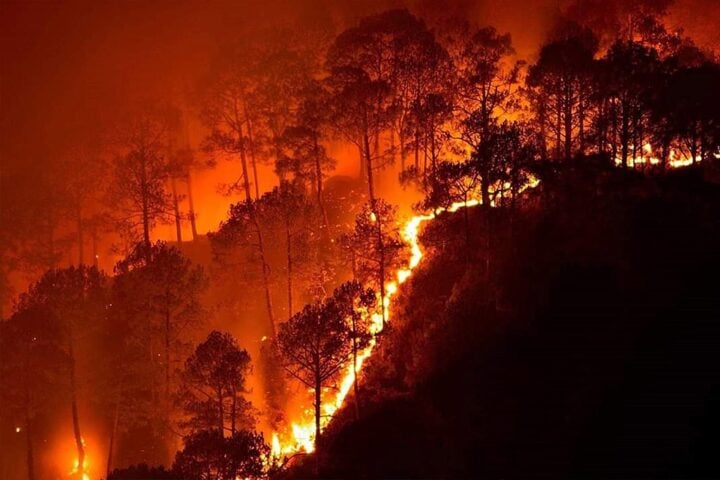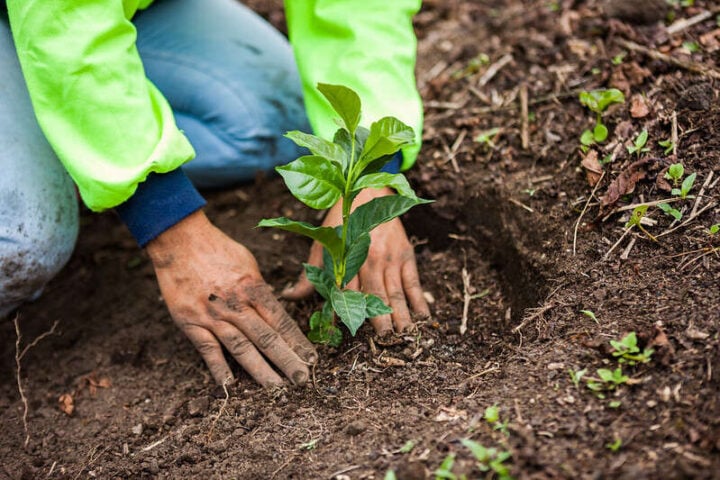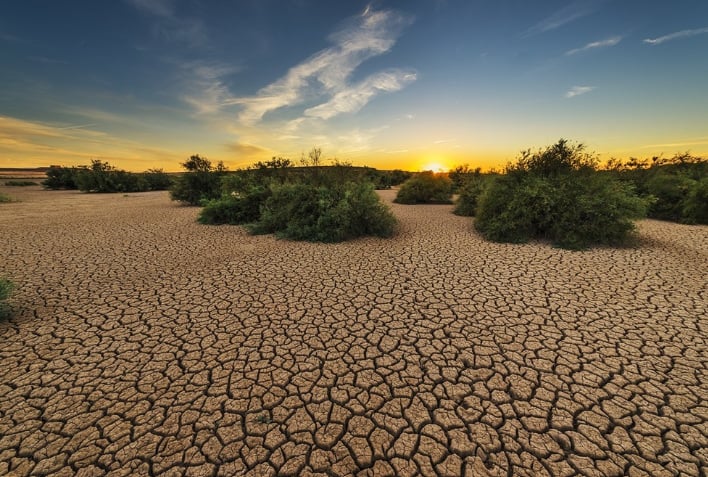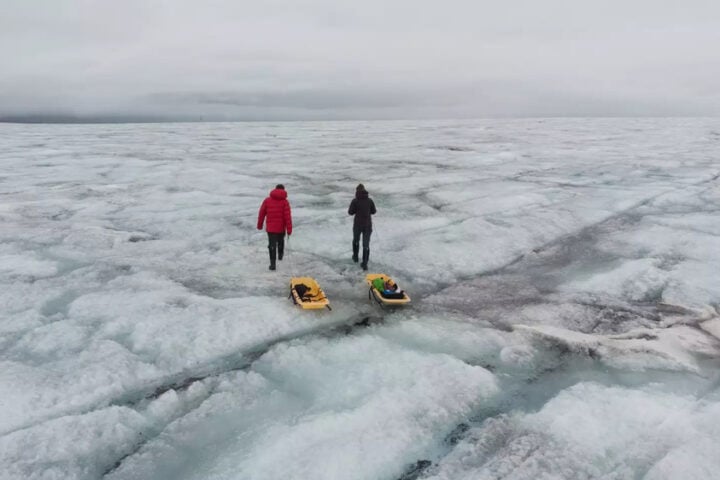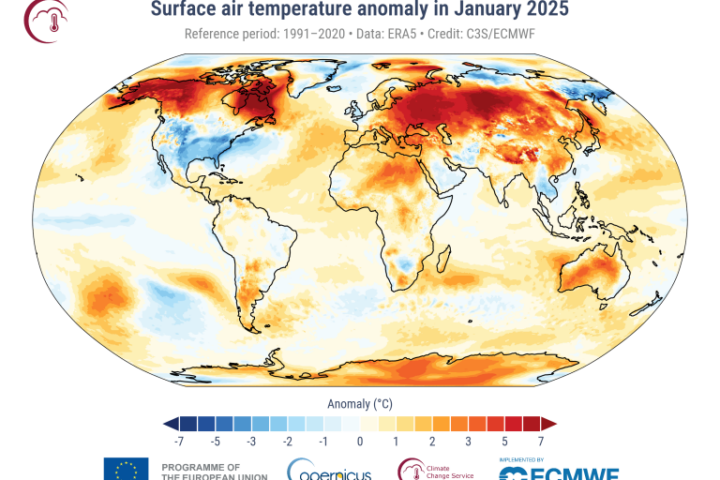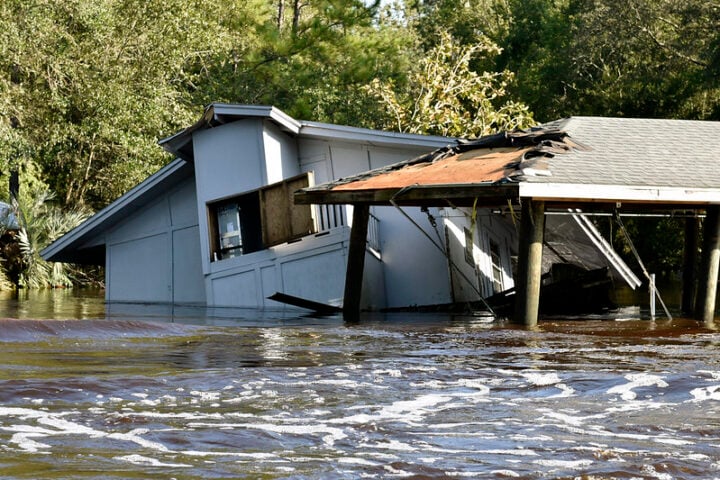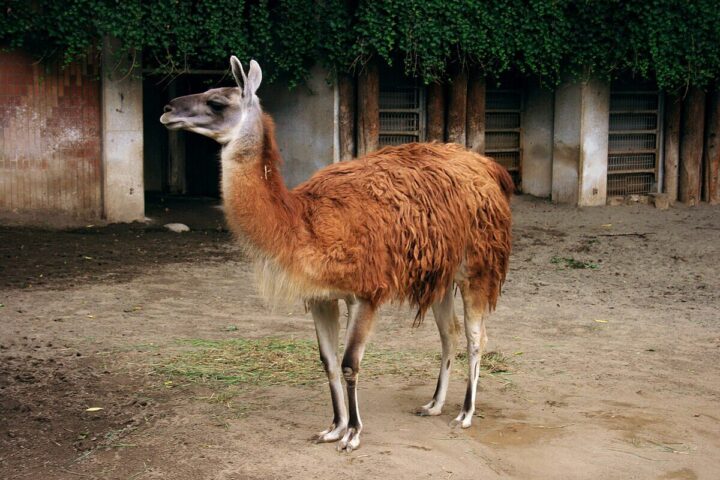Climate change is forcing trees to adapt or die across Spain’s forests, shows a 25-year study of 445,000 trees. The research reveals how some trees are growing thinner leaves and stronger roots to survive in a warming world.
“Each species of tree can live in a certain temperature and dryness gradient,” says Josep Padullés, who led the research at UAB and CREAF. “If this threshold is exceeded above or below, it can no longer grow in those conditions.”
The study found clear winners and losers. Aleppo pines and cork oaks are thriving in hotter, drier areas thanks to their strong roots that can access deeper layers of soil to get water. These roots help them survive when water is scarce.
But some trees are struggling. Common alders, which grow near rivers, are declining as temperatures rise. In an unexpected turn, beech and broadleaf oak trees are expanding into areas that were previously too cold for them, showing how warming temperatures are redrawing the forest map.
Similar Posts
The research compared forest surveys from 1986-1996 and 2008-2019, looking at over 21,717 plots. Species that have strong roots are expanding the most in dry areas. In cooler spots, trees with thin leaves are gaining ground because these leaves are easier to produce and better at capturing light in dense forests.
These changes matter for everyone. As farmland turns back to forest due to agricultural abandonment, the types of trees growing there affect fire risks and biodiversity. For example, if more flammable species like Aleppo pines become dominant in increasingly arid areas, it could raise fire risks and reduce the biodiversity of animals and vegetation associated with humid environments.
This knowledge helps in understanding how forests might change in the future and how to better manage the territory. The research shows which species are naturally adapting to new conditions and which ones are struggling, information that’s valuable for forest conservation efforts.
The research team, including Javier Retana and Albert Vilà-Cabrera, continues studying how abandoned farmland, climate change, and species characteristics work together to shape tomorrow’s forests. Their work helps us understand not just how forests are changing, but what these changes mean for our environment.
These forest changes show nature adapting to survive, while warning us about climate change’s real impacts on the landscapes around us.
